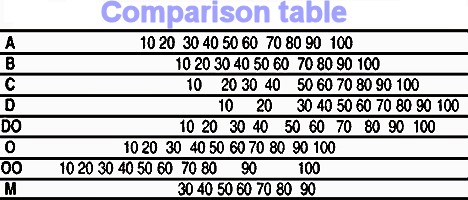Article group
Discount store
Scales
Test weights
Hardness accessories
Hardnesstester
ROCKWELL
BRINELL
VICKERS-KNOOP
Hardnesstester BARCOL
Hardness LEEB
Hardness SHORE
Hardness UCI
Hardnesstester WEBSTER
Concrete hardness
Material testing
Laboratory furnaces
Visual inspection
Measuring devices
Industrial marking
Thickness measurement
Metallography
Metrology
Microscopes
Cleaning
Paint
Newsletter
Subscribe to our Newsletter


 français
français
 Nederlands
Nederlands
